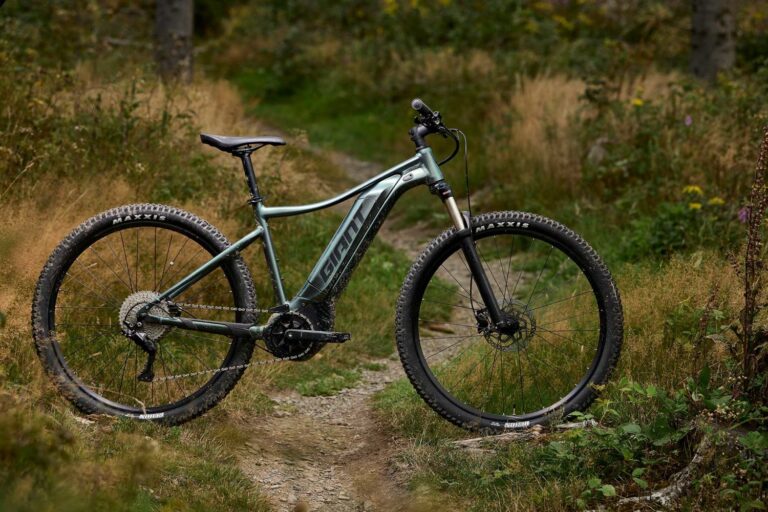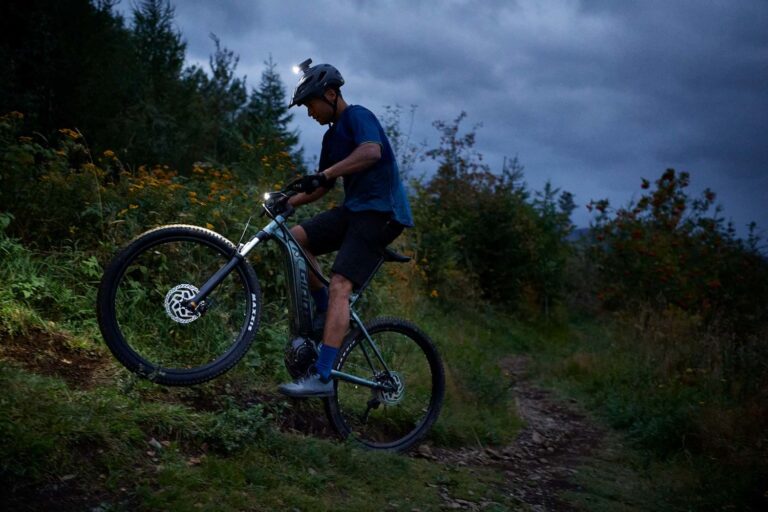The Evolution of City Cruiser E-Bikes: From a Masters Cyclist’s Viewpoint
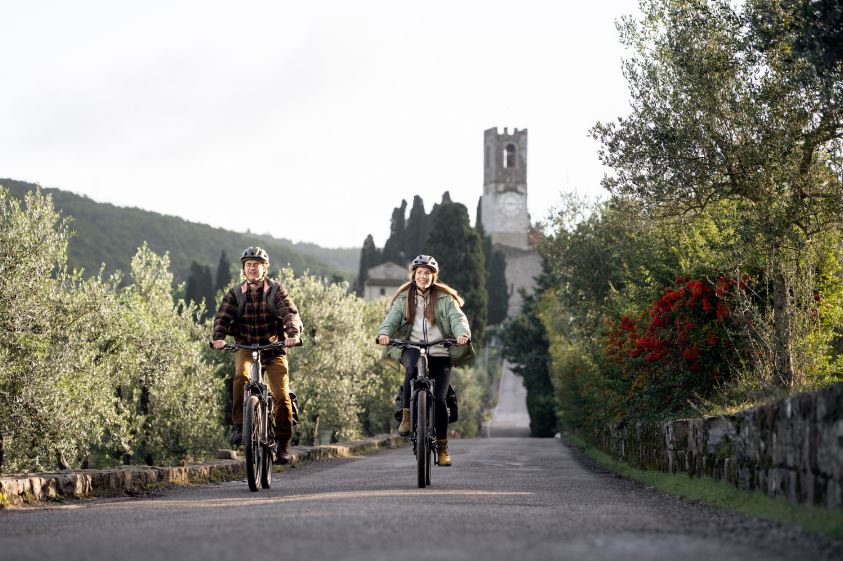
Key Point Summary of The Evolution of City Cruiser E-Bikes:
- City cruiser e-bikes have evolved from niche to mainstream, driven by advances in battery technology and motor efficiency.
- Design changes have focused on improving rider comfort, and bike aesthetics, and integrating smart technology.
- The future of city cruisers points towards even greater integration of technology and sustainable materials.
Having spent years zipping through mountain trails, grinding over gravel, and leaping barriers on cyclocross courses, the transition to the smooth, steady hum of a city cruiser e-bike was a revelation. It’s a shift that has not only changed my daily commute but has also offered a new perspective on the blend of technology and human-powered travel.
The evolution of city cruiser e-bikes is a fascinating journey, one that mirrors the broader cycling industry’s shift towards inclusivity, sustainability, and innovation. Let’s explore this progression, highlighting the key milestones and design changes that have made e-bikes a staple in urban landscapes.
The Rise of the E-Bike
The genesis of city cruiser e-bikes can be traced back to the early experiments with electrified bicycles at the turn of the 20th century. However, it wasn’t until the last couple of decades that technology caught up with the vision, propelling e-bikes from an interesting concept to a viable mode of urban transportation. Batteries became smaller, lighter, and more powerful, thanks to advancements in lithium-ion technology.
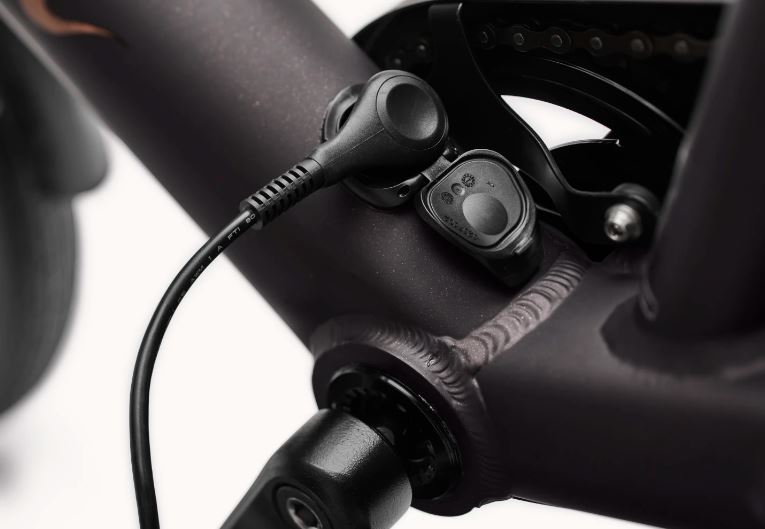
Motors also saw significant improvements, becoming more efficient and better integrated into the bike’s design. This era also introduced pedal-assist systems, a game-changer that differentiated e-bikes from their motorized counterparts by requiring rider input and thus maintaining the essence of cycling.
Design Innovations
Design changes in city cruiser e-bikes have been both aesthetic and functional. Frames have evolved from bulky, utilitarian structures to sleek, stylish designs that appeal to a broad demographic. Step-through frames, once considered unfashionable, have made a comeback, prized for their convenience and ease of use. My own experience transitioning to an e-bike with a step-through frame was eye-opening, offering a level of accessibility and comfort that traditional frames couldn’t match.
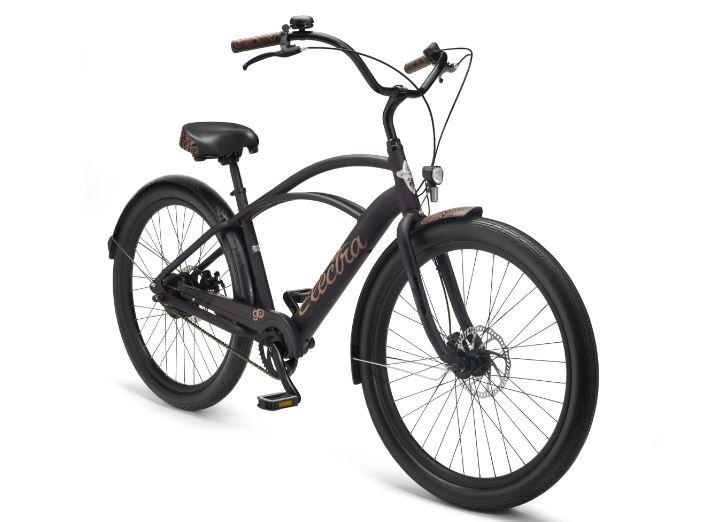
The integration of technology has been another significant leap forward. Modern city cruisers come equipped with LCD displays, GPS tracking, and even app connectivity, offering riders unprecedented control over their ride. This leap towards smart bikes has transformed the cycling experience, making it more enjoyable and safer. The inclusion of built-in lights, reflective materials, and advanced braking systems are design changes that have significantly enhanced rider safety, especially in the urban jungle where visibility and quick stops are paramount.
The Battery Breakthrough
Perhaps the most significant evolution has been in battery efficiency. Early e-bikes were hindered by heavy, inefficient batteries that limited range and usability. Today’s e-bikes boast lightweight, high-capacity batteries that can easily cover 30-60 miles on a single charge, a range that has made e-bikes a viable option for daily commutes and leisurely city explorations alike. The move towards removable batteries has also added a layer of convenience, allowing riders to charge their batteries anywhere, further enhancing the appeal of e-bikes as a primary mode of transport.
Looking Ahead
The future of city cruiser e-bikes is bright, with ongoing innovations in battery technology, motor efficiency, and materials science promising to make e-bikes lighter, more efficient, and more sustainable. The potential for solar charging, bio-based materials, and further integration of smart technology is exciting, pointing towards a future where city cruisers are not just a mode of transport, but a seamless part of our digital lives.
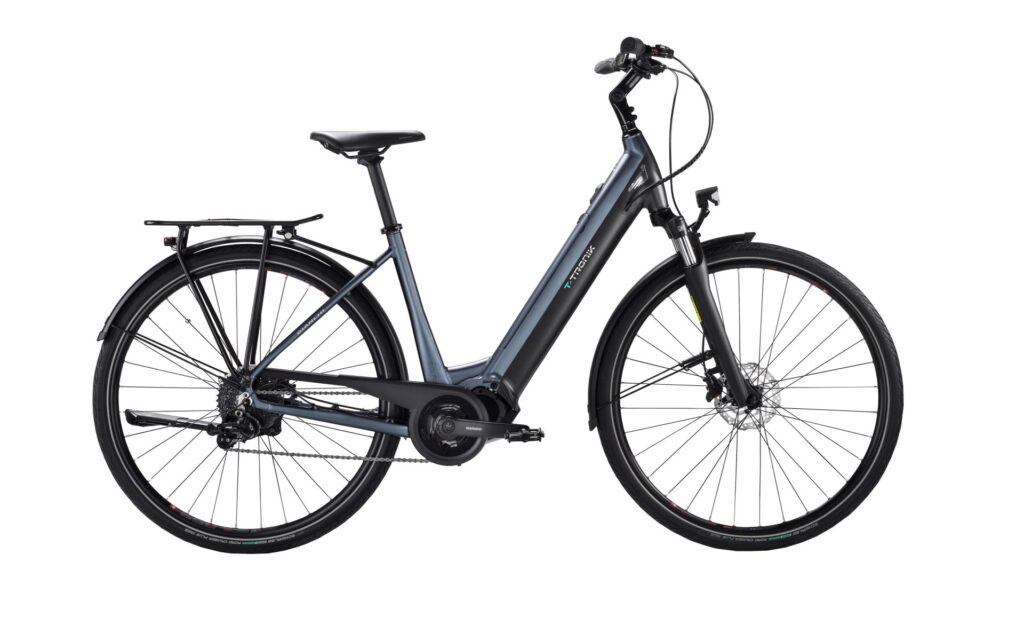
Conclusion
Reflecting on the evolution of city cruiser e-bikes, it’s clear that they represent more than just technological advancement; they symbolize a shift in how we view mobility, sustainability, and the role of cycling in urban life. From a master cyclist’s perspective, the journey from racing and riding high-performance bikes to embracing the smooth, accessible ride of a city cruiser has been a journey of discovery. E-bikes have not only transformed my commute but have also opened up a new world of cycling, one that is inclusive, eco-friendly, and immensely enjoyable. As we pedal into the future, the evolution of city cruiser e-bikes continues to ride at the forefront of this exciting revolution in cycling.
Here’s a selection of city cruiser e-bikes that have received high praise for their quality and user-friendly attributes:
- Cannondale Canvas Neo – This e-bike blends modern aesthetics with functionality. The Canvas Neo stands out for its robust build, capable of handling both city streets and rougher paths. It’s powered by a Bosch motor and features integrated lights and a sleek, integrated battery design.
- Giant Quick-E+ – The Quick-E+ by Giant is designed for efficiency and speed, making it ideal for urban commuters looking to cut down their travel time. It features a Yamaha motor system, a sporty frame for nimble handling, and integrated lights and fenders for all-weather riding.
- Electra Townie Go! – Known for its Flat Foot Technology® that allows riders to keep their feet flat on the ground when stopped, the Townie Go! combines ease of use with a stylish design. It features a Bosch motor system for reliable power and a range of models to suit different preferences.
- Specialized Turbo Como – The Turbo Como series from Specialized is celebrated for its smooth ride, elegant design, and powerful yet quiet motor. It’s designed with comfort in mind, featuring a low-entry frame for easy access, integrated lights, and a sturdy rack for carrying essentials.
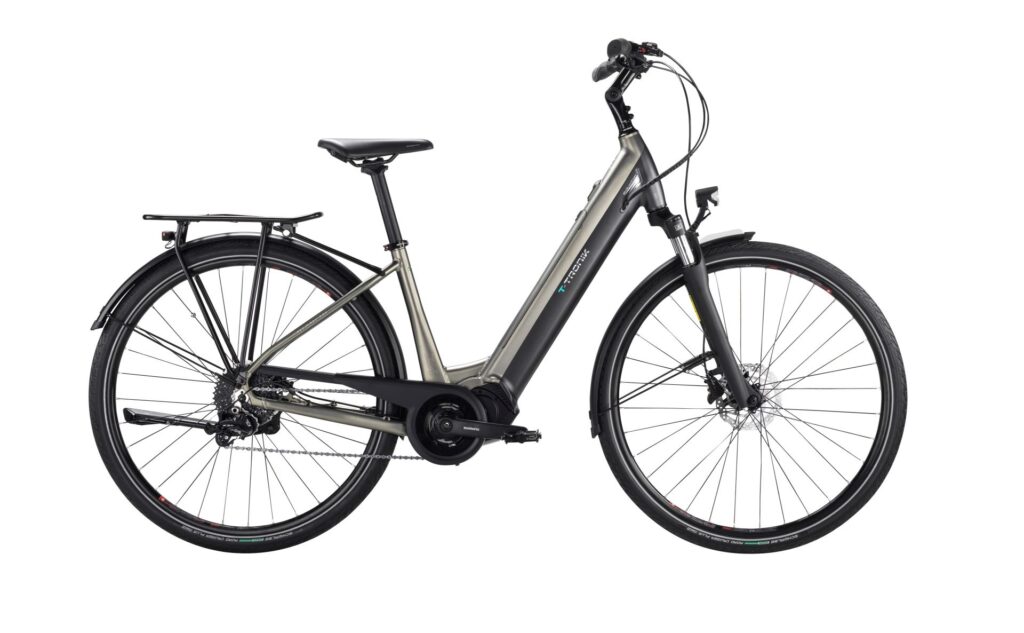
FAQ
What is the history of the ebike?
The concept of electric bicycles (e-bikes) dates back to the late 19th and early 20th centuries with various patents for electrically powered bicycles. However, it wasn’t until the 1990s and early 2000s that e-bikes began to gain significant popularity, thanks to advancements in battery and motor technology. This period marked the evolution of e-bikes from niche inventions to mainstream transportation options worldwide.
What is a cruiser bike?
A cruiser e-bike is designed for comfortable, leisurely riding, typically featuring a laid-back frame geometry, wide tires for stability, a plush seat, and an upright riding position. These e-bikes are ideal for casual rides on flat terrain, such as city streets or beachside paths.
What are the stages of e-bikes?
The stages of e-bikes can refer to the development phases of e-bike technology or the levels of motor assistance they provide. Technologically, e-bikes have evolved from heavy, inefficient models to modern, lightweight designs with advanced battery and motor systems. In terms of assistance, e-bikes commonly offer several levels, from low or eco modes, providing minimal assistance, to high or boost modes, offering significant assistance to the rider.
What is an electric city bike?
An electric city bike is designed for urban commuting and transportation. It combines the features of a traditional bicycle with the added benefit of an electric motor, providing pedal assistance to help riders navigate city streets and hills more easily and arrive at their destinations without excessive physical strain. City e-bikes often include practical features like racks, fenders, and lights for everyday convenience.



